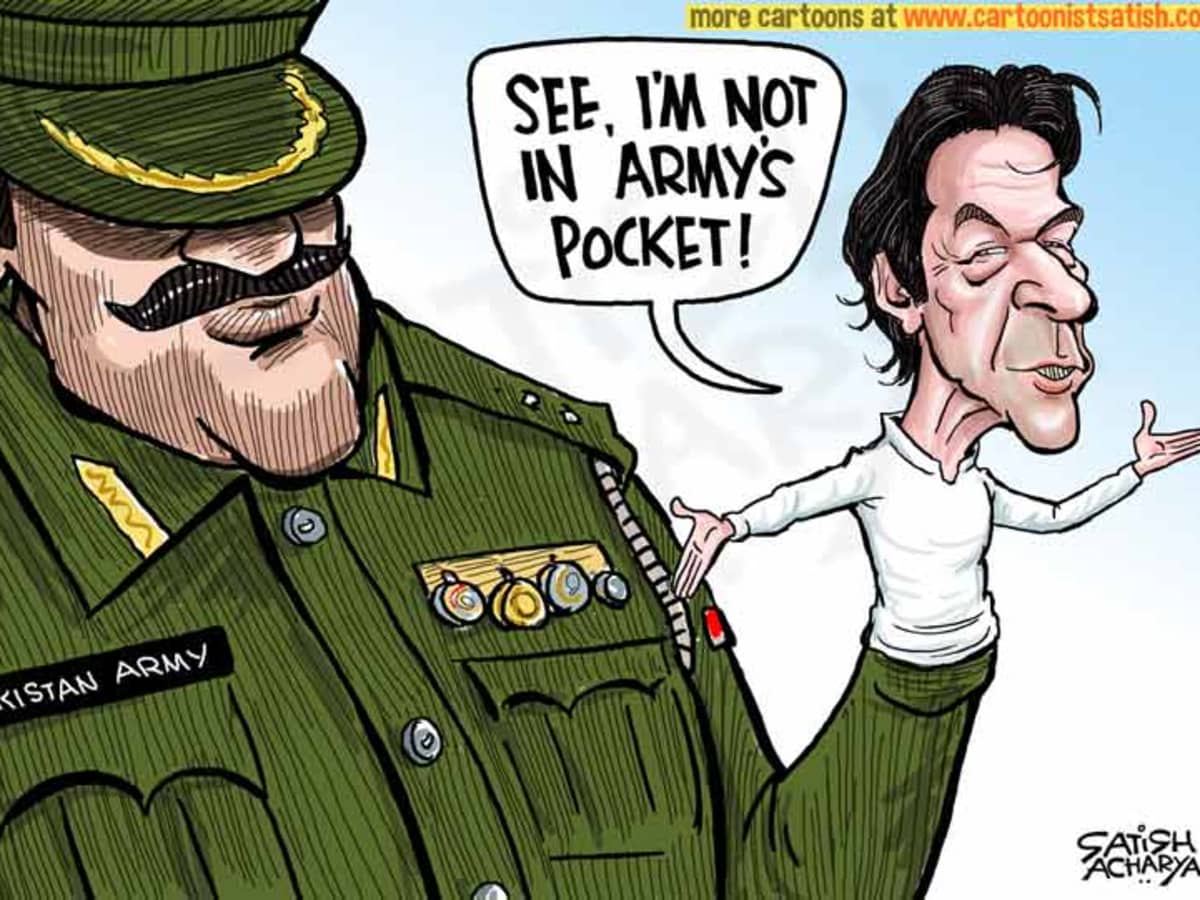Pakistan, a nation created in 1947, has been struggling to maintain stability and economic growth for decades. The country is currently facing a multitude of challenges that threaten its existence as a nation-state. In this article, we will explore the reasons for the imminent collapse of Pakistan, including political instability, economic crises, social unrest, religious extremism, and external pressures.
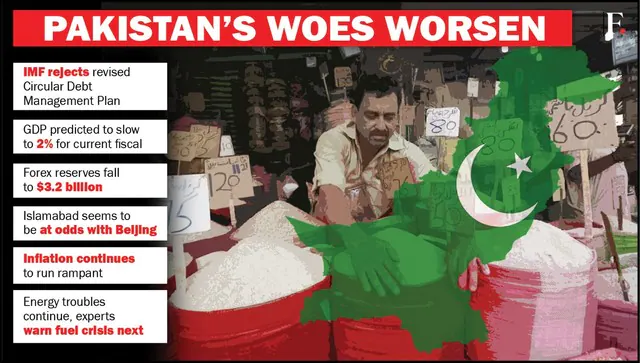
Introduction
Pakistan is a country of over 220 million people, with a rich cultural and historical heritage. Despite its potential, Pakistan has been plagued by a myriad of problems since its inception. The country has experienced a series of political crises, military coups, and economic downturns that have hindered its growth and development. In recent years, the situation has worsened, and there are now increasing concerns about the stability and future of Pakistan.

Political Instability
- As we all know that Pakistan has a history of military coups and military dictatorship and in fact no elected government has completed a full 5-year term.
- It is because the Pakistani army always wants to control the government on its wimps and fancies by showing that India is our enemy and we want to strengthen our military so now one questions them
- The current government of Prime Minister Shahbaz Sharif has been accused of being weak and ineffective, with many critics claiming that it is unable to govern the country effectively.
- The opposition leader and former prime minister Imran Khan have plagued the political system in such a way that the current government is unable to function properly. This lack of stability has contributed to the economic crisis in the country, as investors are hesitant to invest in an unstable political environment.
Economic Struggles
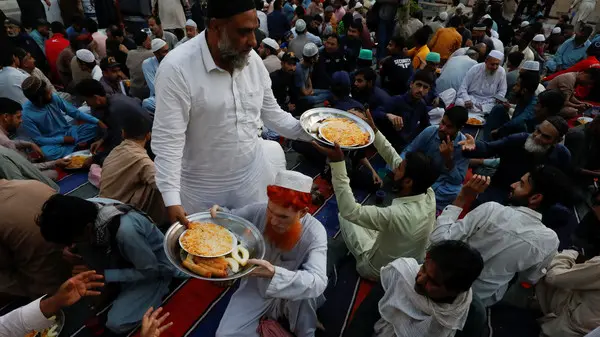
- Pakistan’s economy has been in a state of crisis for several years now. In fact, some would argue it always was in bad condition at the time of Independence.
- The main problem of the Pakistani economy is that the country is facing a severe balance of payments crisis, with a large current account deficit and a dwindling foreign exchange reserve.
- Pakistan’s economy always used aid for benefiting from its geolocation on the map in the great power politics as it gained tremendously by taking advantage of its location in the name of Aid from the USA and China respectively.
- Now the aid is no longer available because of the double standards the Pakistani have indulged in now Pakistan has become the next theater of war between the USA and China.
- The government has been forced to turn to the International Monetary Fund (IMF) for loans to help stabilize the economy.
- However, the IMF’s conditions have been harsh, with the government being forced to implement austerity measures that have hit the poor and working-class hard. The high inflation rate has also made it difficult for people to make ends meet, leading to widespread discontent.
Sectarian Violence
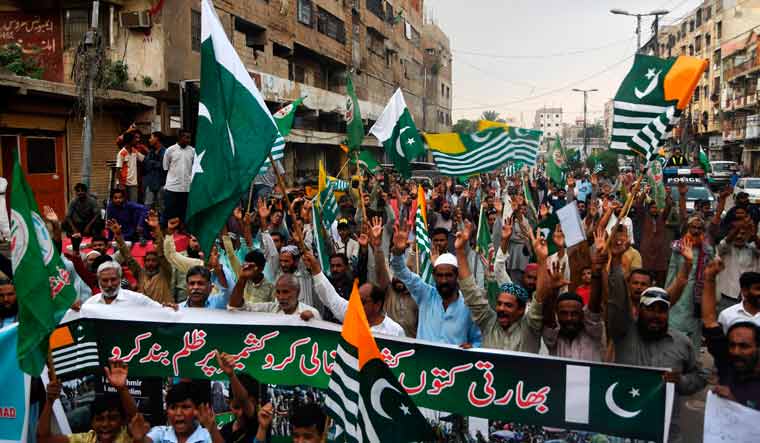
- Pakistan has been plagued by sectarian violence as many different religious groups are fighting each other with the divisions made along the lines of the age-old Sunni and Shia rivalry.
- The rise of extremist groups like Terek-e-Taliban-Pakistan and ISIS has also contributed to the violence in the country, leading to a sense of insecurity among the population.
Terrorism
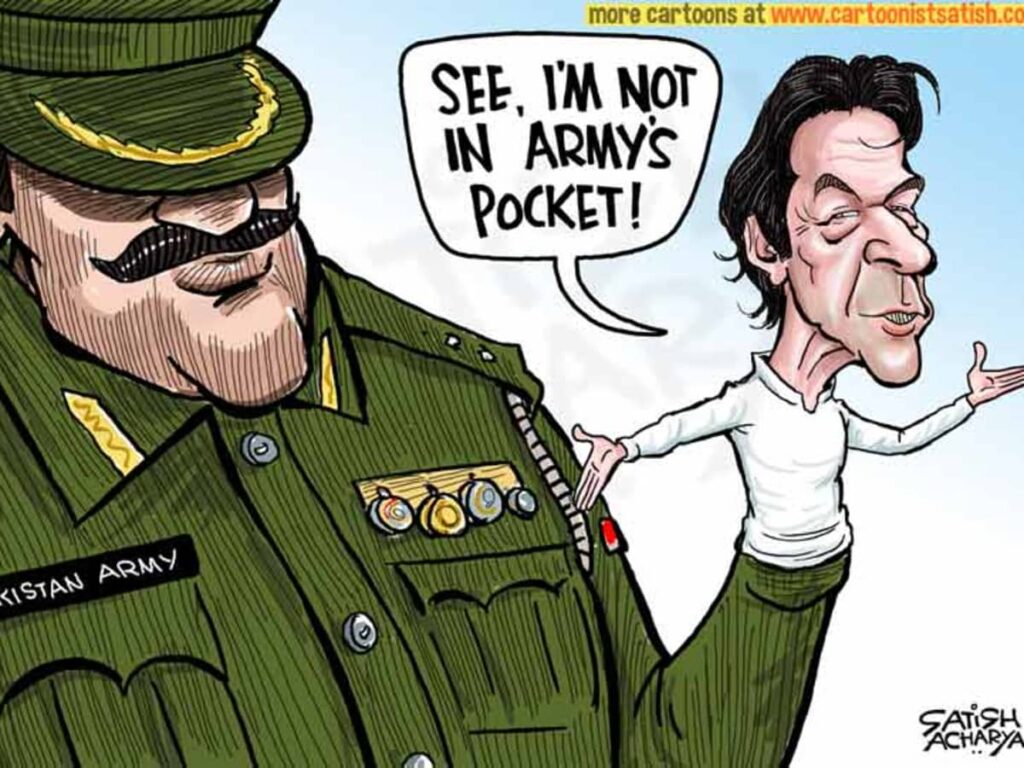
- Pakistan has long been a hotbed of terrorism, with extremist groups operating freely in the country. The government has struggled to contain these groups, and the military has often been forced to step in to deal with them.
- The rise of the Taliban in neighboring Afghanistan has also contributed to the problem, with militants crossing the border into Pakistan to carry out attacks.
- The recent attack on the Pakistan Stock Exchange in Karachi is just one example of the ongoing threat of terrorism in the country.
Natural Disasters
- The recent massive floods which plague more than half of the country become the straw that broke the camel’s back.
- Billions of dollars were lost to the destruction of the massive flood and the inability to respond effectively crashed Pakistan’s economy.
Conclusion
- The decades of economic mismanagement have now come to haunt Pakistan.
- Pakistan is facing a range of challenges that threaten to destabilize the country. Political instability, economic struggles, sectarian violence, terrorism, and natural disasters are all contributing to the country’s potential collapse.
- However, it is not too late for Pakistan to turn things around. The government must take decisive action to address these issues, including implementing economic reforms, improving security, and investing in infrastructure. Only then can Pakistan hope to avoid the imminent collapse that many fear.
FAQs
- What is the current economic situation in Pakistan?
- Pakistan is facing a severe economic crisis
- What are some of the reasons behind Pakistan’s political instability?
- Political instability in Pakistan can be attributed to a range of factors, including military coups, weak civilian governments, corruption, and regional conflicts.
- How has the IMF’s loan affected the economy of Pakistan?
- The IMF’s loan to Pakistan has come with harsh conditions, including austerity measures that have hit the poor and working-class hard. This has contributed to the high inflation rate and made it difficult for people to make ends meet.
- What is the government doing to address the problem of sectarian violence in Pakistan?
- The government has taken a range of measures to address sectarian violence in Pakistan, including cracking down on extremist groups, improving intelligence gathering, and promoting interfaith dialogue.
- What steps can Pakistan take to avoid collapse?
- Pakistan must take decisive action to address the issues facing the country, including implementing economic reforms, improving security, and investing in infrastructure. It must also work to address issues of corruption and improve governance to restore stability and confidence in the government.
More Articles
The Future Flashpoints: Analyzing Potential Scenarios for World War III
Exploring the Magnificence of the Great “Vijayanagara Empire”
India’s Ideological Subversion: The Clash of Nationalism and Colonialism
